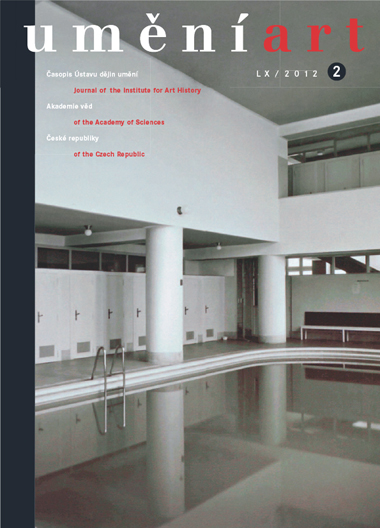Vendula Hnídková
Umění, identita a reprezentace. Bartoňové z Dobenína
The Bartoň family established one of the dominant textile businesses in Austria-Hungary around the turn of the 20th century. In 1912, Josef Bartoň, the founder of the successful business empire, was awarded a noble title for his role in the advancement of industry and for his extensive charity work and was given the nobiliary particle 'of Dobenín' to add to his name. His elevation to the rank of the nobility did not however eclipse the family's modest, rural background. The representation of the Bartoň family openly combined the attributes of both social classes, whence they came and where they had risen to, and did so in the basic polarity of cottage versus castle. The identity of members of the Bartoň family was formed in the context of the complicated process of the Czech nation's social, economic, and cultural emancipation. The Bartoňs were keenly aware of the conflict between Czechs and Germans, particularly in the early days of their business, and it was the natural outcome of this mental background that led them to develop a heightened sensibility of themselves as Czechs and later a sincere identification with the Czechoslovak Republic. The existence of an independent Czechoslovak state enabled the Bartoňs to very publicly display their patriotic beliefs through visual culture. To that time the principles of Slavic art had been applied mainly in the unique forms and motifs used in the renovation of their chateaus in Nové Město nad Metují and in Zbraslav, based on projects by Dušan Jurkovič. However, after 1918 the scale of their charitable activities expanded enormously; the Bartoňs did not hesitate to provide considerable financial support for numerous cultural enterprises. The culmination of these efforts can be seen in the decoration of the Bartoň chapel in St Vitus Cathedral, the exemplary renovation of their manor estate in Zbraslav, and, above all, the family's granting the National Gallery use of the local convent for exhibitions.
Full-text in the Digital Library of the Czech Academy of Sciences:
https://kramerius.lib.cas.cz/uuid/uuid:44098710-8c5c-f0ae-0e27-5d1819721d79
< back

